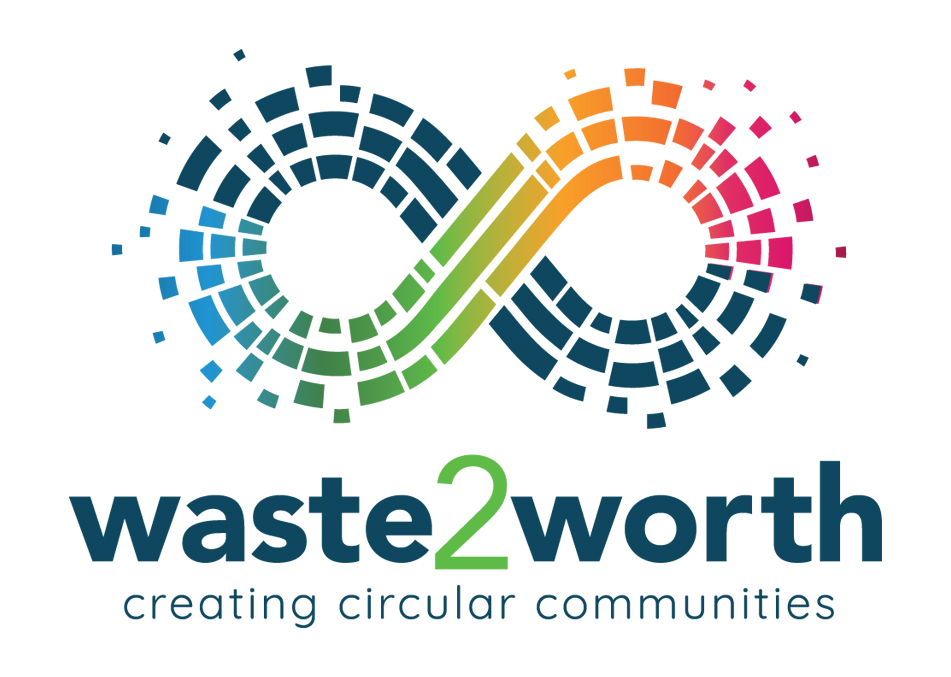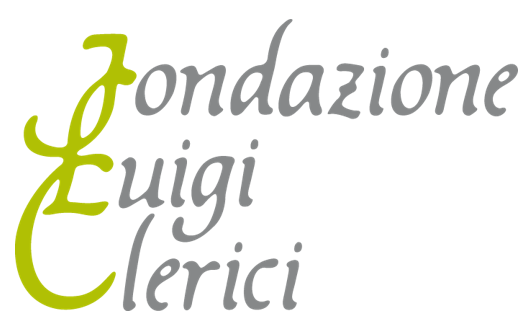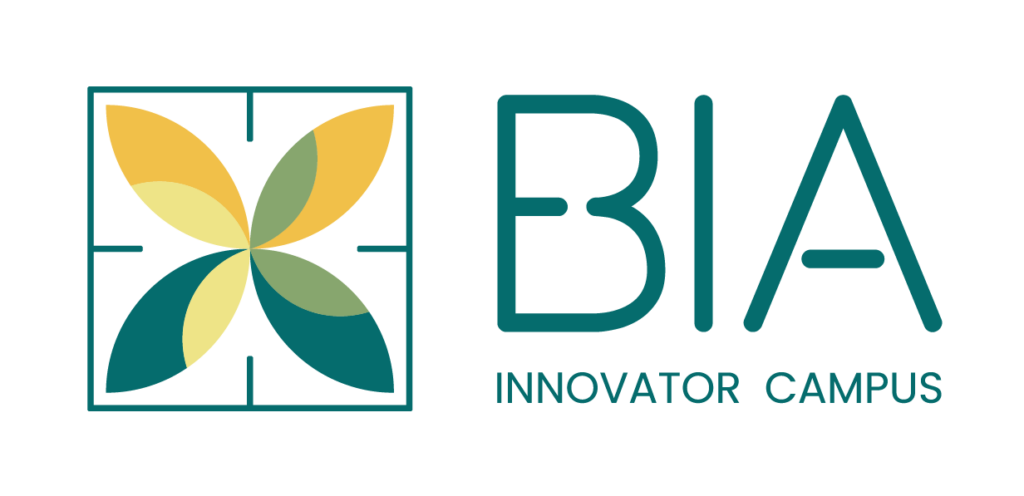One of the main objectives of the W2W project is to raise awareness about food waste at all levels. Sometimes we merely think of food waste as what it is not consumed in our plates. However, the food on the plate is only the result of a long journey, from the production to the consumption phase, in which the product has undergone a series of stages producing waste. This produced waste (Waste Stream) represents a much bigger percentage than the waste that happens at the plate. Therefore, it is fundamental to address waste at all stages of the product life-cycle, in order to develop comprehensive responses to tackle the food waste issue.
In this article we will take Rice as an example to demonstrate the impact of waste-streams. Rice is one of the most consumed food items in the world, with an average of 55 – 65 kg per person per year. With high protein and carbs levels, rice is one of the most flexible elements in food, offering wide possibilities for different recipes (side/mains, sweet/savoury, cold/hot…)
Yet rice production also generates valuable waste streams. Let’s explore the different waste streams in rice production and how we can transform them into useful solutions.
The Rice Production Phase
In the fields, several waste streams are generated as a result of harvesting processes. In the production phase, waste is usually associated with water, due to the fact that rice requires large amounts of irrigation, leading to a strain on resources. However, there are other types of waste that can be reused. This is the case of rice husks and rice straws. Husks are the outer shells of rice that are removed during harvesting. These husks are often discarded when they are removed. Sometimes they are burned, leading to air pollution. Same thing for the straws. An interesting solution is to reuse these materials and convert them into biomass fuel, animal bedding or even in construction materials. The fibre of straws can be further used to produce paper or bioplastics. Another common waste stream during production phase is the many rice grains that are broken or simply don’t look appealing and are discarded. This food ‘waste’ has huge potential value and could be used for rice flour or brewing, rather than thrown away or burned.
The Rice Processing Phase
The processing phase of rice is called milling, which involves the removal of the outer layers of the grain to produce edible rice. During this process, there is a further selection or grading of ‘good looking grains’ in which the imperfect or damaged grains (after the husk and the bran layer are removed), are discarded or burned. Again, this non-consumed rice has great value and could be repurposed for flour.
Another element is the rice bran, which is the outer layer of the rice, that during milling is typically thrown away. This by-product has great potential as it is rich in nutrients and has enormous health benefits. It could be used for producing (healthier) oil, cosmetics or animal feed.
The Rice Distribution Phase
This phase refers to the packaging and transportation of the rice as the final product. In this phase, there is waste due to spillage during handling, damaged packaging that contaminates rice (and therefore making it unfit for sale) and bad storage which could lead to the product going bad or expiring. Although spillage, and expiring is difficult to avoid, proper storage techniques, airtight packaging and better inventory management systems could minimise losses during distribution.
The Rice Consumption Phase
Food waste often reaches high numbers in the consumption phase, where uneaten food is discarded. One of the biggest causes of waste is leftover rice, when large portions are made but not eaten. It could be creatively repurposed into new dishes such as fried rice or rice pudding. There are plenty of creative recipes available for leftover rice on the Internet, but here is an example! https://www.thekitchn.com/best-leftover-rice-recipes-23658614
However, the opportunities for rice waste avoidance is not just limited to food! Even small amounts of rice can have alternative uses that provide practical solutions to daily life:
Essential Oil Diffuser: A simple trick is to fill a small jar with rice and add a few drops of essential oil. The rice helps disperse the fragrance, acting as a natural diffuser.
Natural Abrasive: Rice can be used as a mild abrasive to scrub off stuck-on food from pots and pans.
Revive Wet Phones: A common life hack for when a phone falls in water is to place it in a bag of rice, as rice helps to absorb the moisture.
Closet Dehumidifier: Place rice in breathable pouches and hang them in closets to help reduce humidity and prevent mould.
As you can see, food waste avoidance and even elimination is possible and often valuable. Imagination and innovation are key!
Check out the Waste2Worth Good Practice Guide and see how the Ricehouse Benefit Corporation, has developed a model for circular economy using rice by-products!















